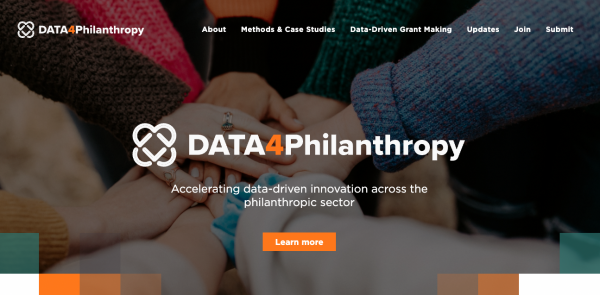Article by Andrew Anthony: “Two weeks ago it was quietly announced that the Future of Humanity Institute, the renowned multidisciplinary research centre in Oxford, no longer had a future. It shut down without warning on 16 April. Initially there was just a brief statement on its website stating it had closed and that its research may continue elsewhere within and outside the university.
The institute, which was dedicated to studying existential risks to humanity, was founded in 2005 by the Swedish-born philosopher Nick Bostrom and quickly made a name for itself beyond academic circles – particularly in Silicon Valley, where a number of tech billionaires sang its praises and provided financial support.
Bostrom is perhaps best known for his bestselling 2014 book Superintelligence, which warned of the existential dangers of artificial intelligence, but he also gained widespread recognition for his 2003 academic paper “Are You Living in a Computer Simulation?”. The paper argued that over time humans were likely to develop the ability to make simulations that were indistinguishable from reality, and if this was the case, it was possible that it had already happened and that we are the simulations….
Among the other ideas and movements that have emerged from the FHI are longtermism – the notion that humanity should prioritise the needs of the distant future because it theoretically contains hugely more lives than the present – and effective altruism (EA), a utilitarian approach to maximising global good.
These philosophies, which have intermarried, inspired something of a cult-like following,…
Torres has come to believe that the work of the FHI and its offshoots amounts to what they call a “noxious ideology” and “eugenics on steroids”. They refuse to see Bostrom’s 1996 comments as poorly worded juvenilia, but indicative of a brutal utilitarian view of humanity. Torres notes that six years after the email thread, Bostrom wrote a paper on existential risk that helped launch the longtermist movement, in which he discusses “dysgenic pressures” – dysgenic is the opposite of eugenic. Bostrom wrote:
“Currently it seems that there is a negative correlation in some places between intellectual achievement and fertility. If such selection were to operate over a long period of time, we might evolve into a less brainy but more fertile species, homo philoprogenitus (‘lover of many offspring’).”…(More)”.

